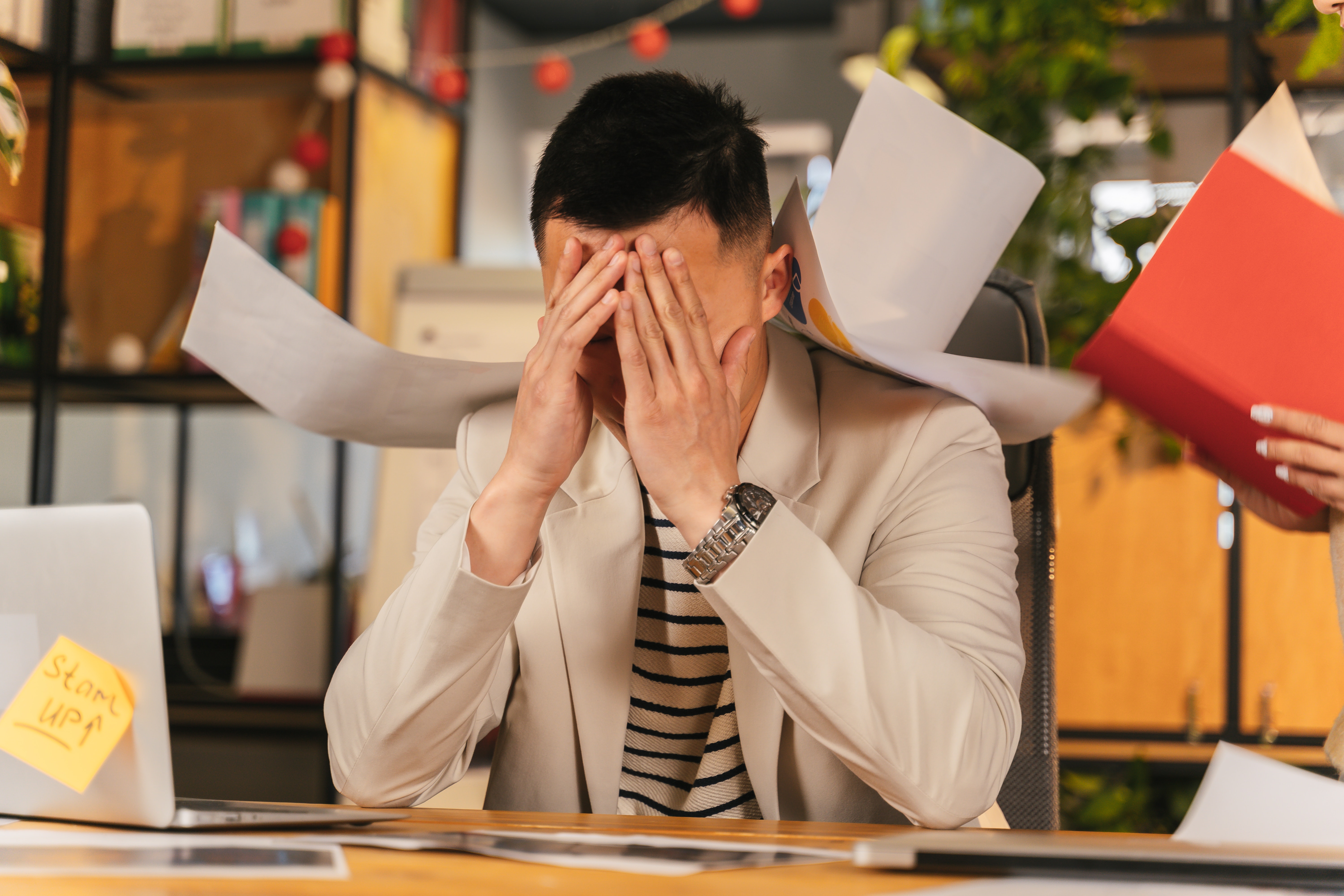Pandemic Parenting: When Burnout Meets Depression

Despite entering a new year, the world has changed little in terms of the COVID pandemic. We continue to deal with new variants, social isolation, and anxiety or worry over our health and that of our families. This has only been made worse by the fact we are being expected to resume school, jobs, and other daily activities as if none of this is happening. People of all ages are reporting higher stress levels, but lesser ability to cope. With the pandemic’s end still not in sight, and the addition of forced return to large group environments (like school or work) without guarantee of health or safety, burnout is on the rise.
- One thing many of us don’t consider, however, is that burnout and depression have a lot in common. Burnout is often identified by
- Emotional, physical, or mental exhaustion
- Anxiety or worrying all the time
- Issues falling or staying asleep
- Trouble with memory
- Poor school/job performance
Headaches, fatigue, and feelings of hopelessness. The symptoms for major depression include feeling sad or empty, anger or irritability, low energy, guilt, social isolation, changes in appetite or sleep, hopelessness, losing interest in hobbies or activities, and at worst, thoughts of suicide. Both can arise from prolonged periods of stress and occur in varying degrees of severity.
Under normal circumstances, burnout and depression are differentiated by how long the symptoms last, and the ways you go about managing it. For example, when dealing with burnout, the symptoms are usually temporary and related to feeling out of control or overwhelmed by school, work, or home responsibilities. It often improves (and resolves) with taking a break and focusing more on self-care. Sometimes moving away from what is stressing you out (such as changing jobs, sharing household chores, or adjusting school loads) can also fix burnout. Depression, on the other hand, doesn’t always have a clear cause, lasts longer, and tends to require more intensive interventions. Therapy, medication, and a combination treatment approach may be necessary to improve symptoms and aid in eventual recovery.
Unfortunately, living through a seemingly endless pandemic has now blurred the lines between burnout and depression. We are less in control of our lives than usual and feel helpless in bringing an end to COVID. Even those with good stress management are struggling with the long-term impact of COVID. Many of our default stress relieving strategies include socializing with loved ones, engaging in outdoor activities, and travel. These have all been restricted due to the current situation, putting us at a disadvantage. This stress is difficult enough to manage as a grown adult, but worse for children and adolescents. Most aren’t developmentally mature enough to adapt and need support and guidance. So, what can parents do to help their children cope?
Along with the ideas we’ve discussed in the past–scheduling family time, taking breaks, setting smaller, more realistic goals, using relaxation and mindfulness techniques–it’s important not to assume everything is burnout. As mentioned above, many of the symptoms overlap, and it’s becoming more common for burnout to lead into depression. With that in mind, if there’s any question about whether your child might be depressed, bring them to a doctor for evaluation. Along that note, remember that your mental health is as important as theirs. Parental burnout and depression can have a significant and negative impact on your children. If you are struggling and finding things more challenging every day, it’s important to have yourself assessed and treated.
As we continue into 2022, many changes lie ahead. Some will be good, but others, not so much. Being aware of how we feel and being proactive about addressing issues will be vital in making this year a better one for everyone.
Written by: Jennifer Yen, MD